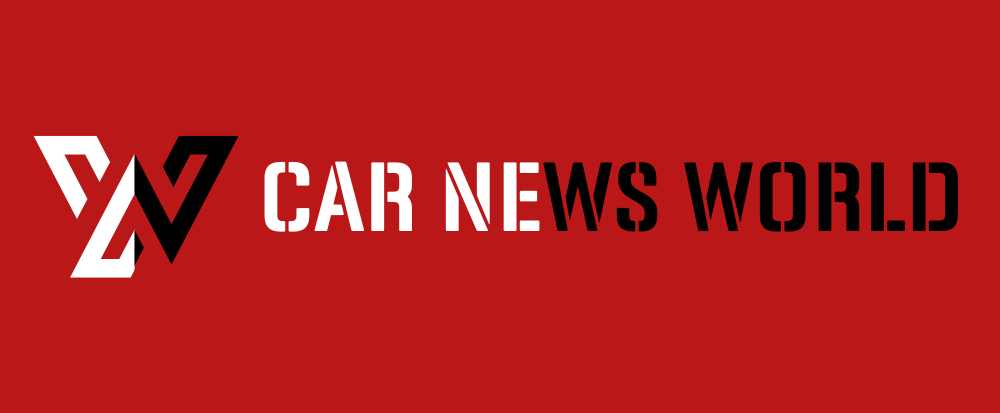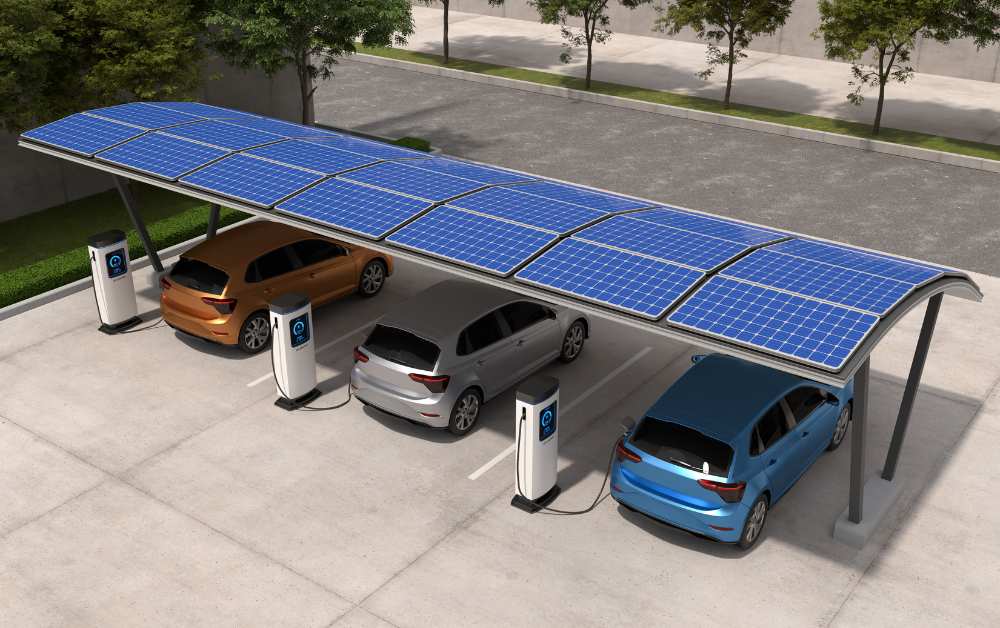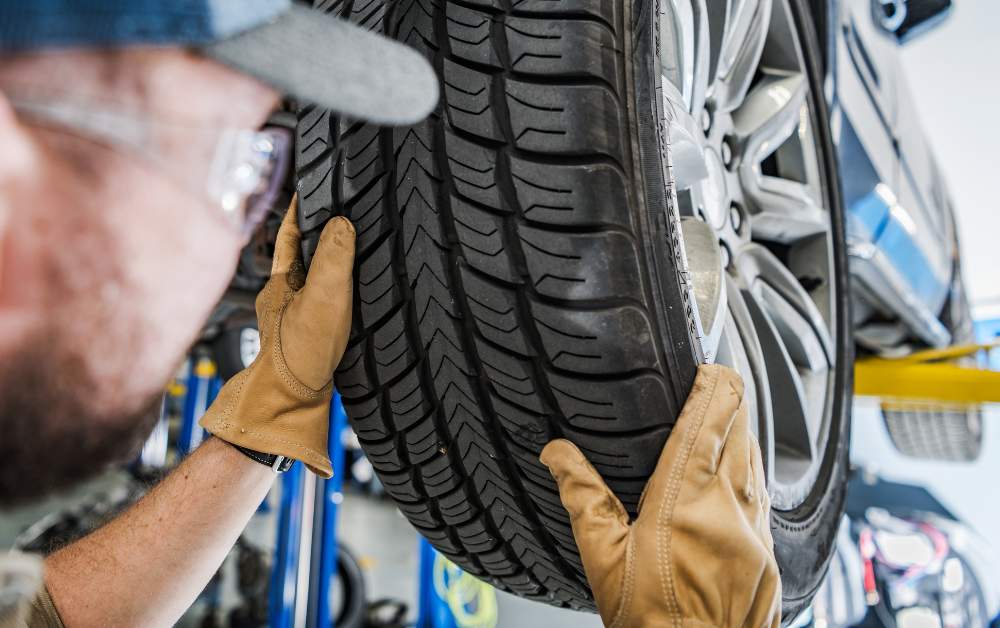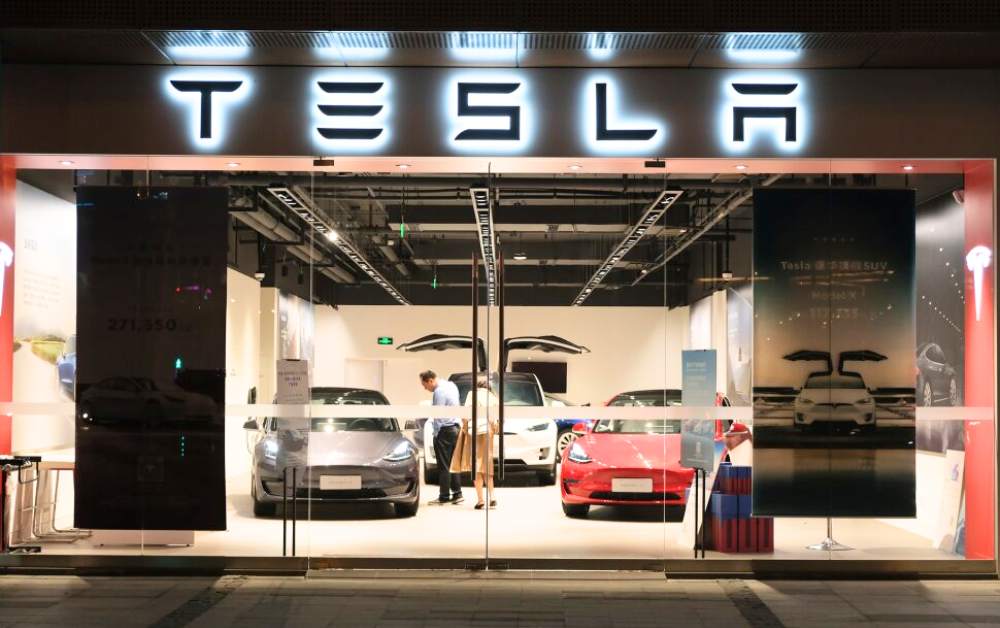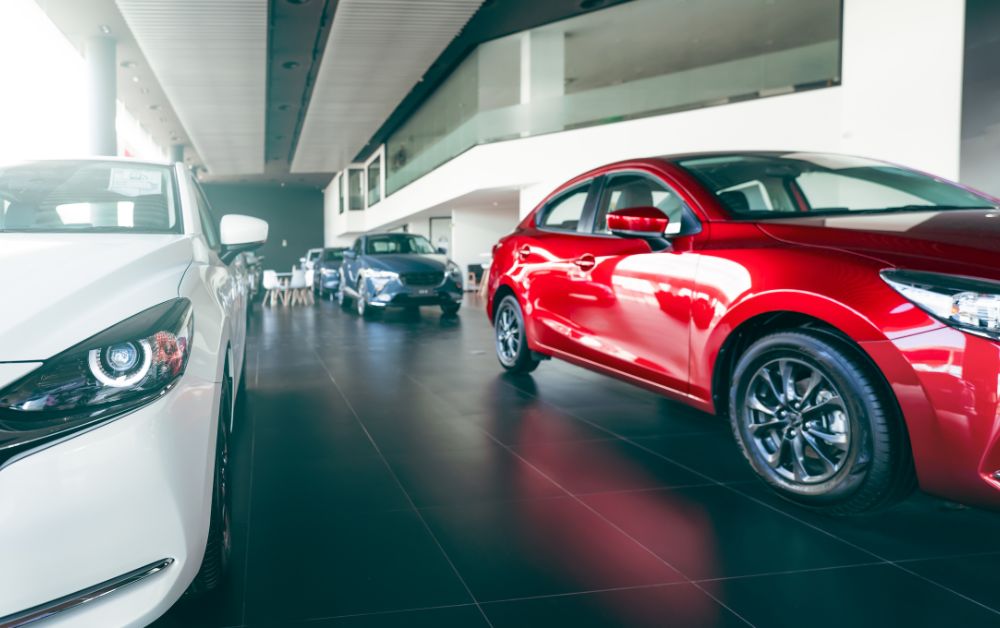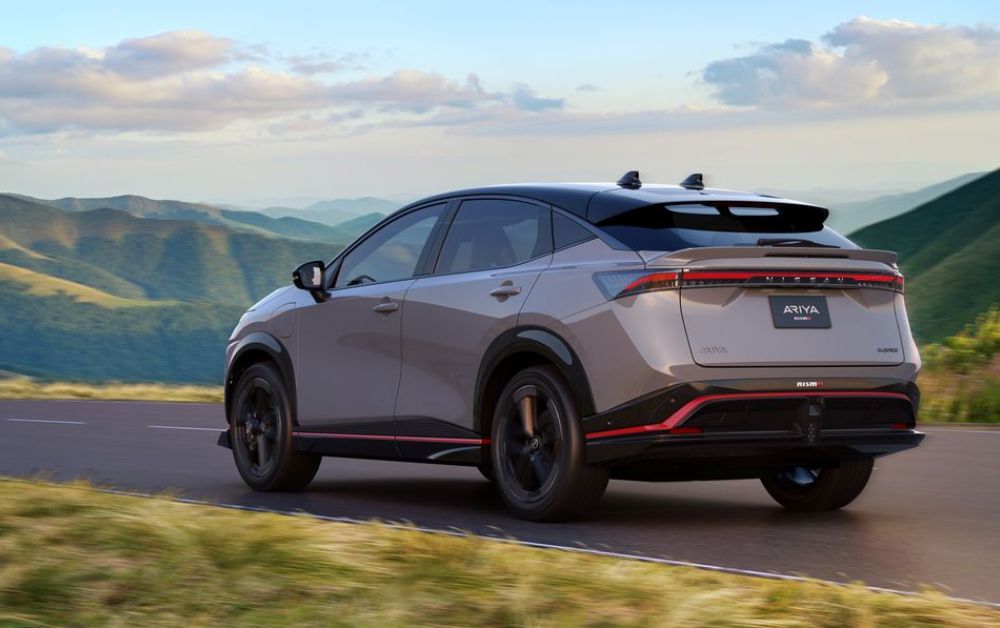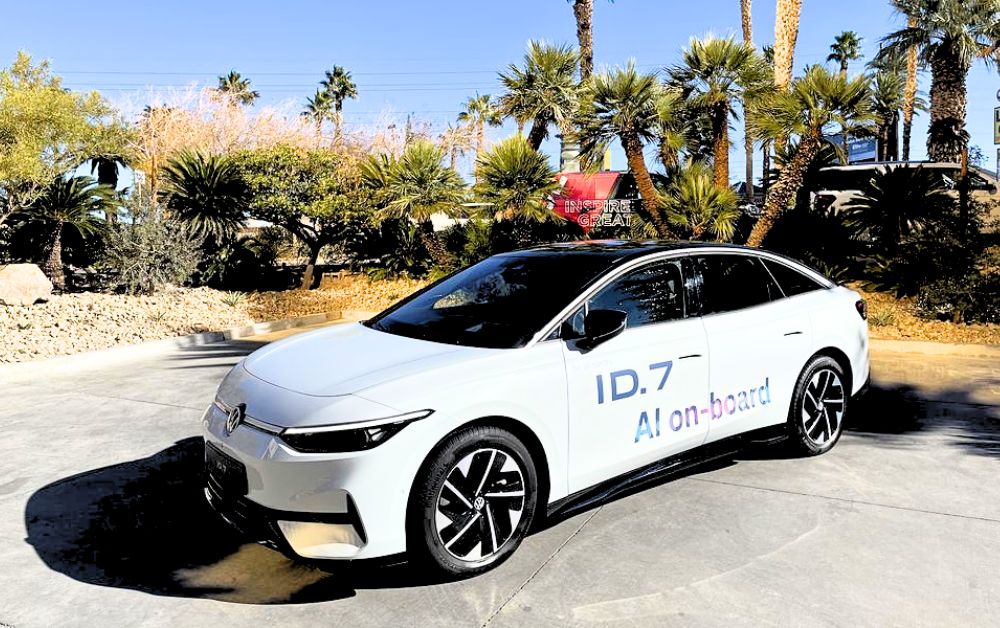In the era of rapid technological advancement and increasing environmental consciousness, electric vehicles (EVs) have emerged as a promising solution to reduce carbon emissions and dependence on fossil fuels. At the heart of these electric marvels lie lithium-ion batteries, powering them with efficiency and sustainability.
However, have you ever wondered where these essential components of EVs are manufactured? Join us on a journey to explore the intricate web of production facilities that fuel the electric revolution.
The Birthplace of Lithium-ion Batteries:
Lithium-ion batteries, the powerhouse of electric vehicles, have a humble origin. The primary components—lithium, cobalt, nickel, and graphite—are sourced from various regions across the globe. Lithium, a key ingredient, is predominantly mined in countries like Australia, Chile, and Argentina. Cobalt and nickel, essential for battery cathodes, are mainly sourced from the Democratic Republic of Congo, Russia, and Canada.
Assembly Lines Across Continents:
Once the raw materials are procured, they embark on a journey across continents to reach the assembly lines. Major players in the EV battery market, such as Tesla, Panasonic, LG Chem, and CATL (Contemporary Amperex Technology Co. Limited), have established manufacturing facilities in regions strategically chosen for their proximity to raw material sources, skilled labor, and market demand.
a. Asia-Pacific Dominance:
Asia-Pacific emerges as the powerhouse of EV battery production, with countries like China, South Korea, and Japan leading the pack. China, the world’s largest EV market, hosts several battery giants like CATL, BYD, and LG Chem. South Korea, home to Samsung SDI and LG Chem, boasts cutting-edge battery technology. Japan, with Panasonic as a major player, contributes significantly to the global battery supply chain.
b. North American Presence:
North America has witnessed a surge in EV battery manufacturing, driven by the growing demand for electric vehicles. Tesla’s Gigafactories in Nevada and Shanghai, along with Panasonic’s collaboration, represent significant investments in the region’s battery production infrastructure. Additionally, companies like General Motors and Ford are ramping up their efforts to localize battery manufacturing to support their EV ambitions.
c. European Renaissance:
Europe is swiftly emerging as a key player in the EV battery market, fueled by ambitious climate targets and government incentives. Countries like Germany, Sweden, and Poland are at the forefront of battery production. Tesla’s Gigafactory in Berlin and Northvolt’s facilities in Sweden exemplify the region’s commitment to building a robust battery manufacturing ecosystem.
Sustainable Practices and Challenges:
While the electrification of transportation promises a cleaner future, it also presents environmental and social challenges. The mining of lithium, cobalt, and nickel raises concerns regarding environmental degradation, resource depletion, and human rights violations in mining communities. However, efforts are underway to promote responsible sourcing practices and develop alternative battery chemistries with reduced reliance on critical minerals.
Conclusion:
The journey of EV batteries from raw materials to assembly lines spans continents and involves a complex interplay of technology, economics, and sustainability. As the world transitions towards a greener transportation paradigm, the localization of battery manufacturing and adoption of sustainable practices will be paramount. By understanding where EV batteries are made and the challenges involved, we can pave the way for a more sustainable and equitable electric future.
Through this exploration, we hope to shed light on the often overlooked yet crucial aspect of electric vehicles—their batteries—and inspire discussions on how we can collectively drive towards a cleaner, more sustainable tomorrow.


